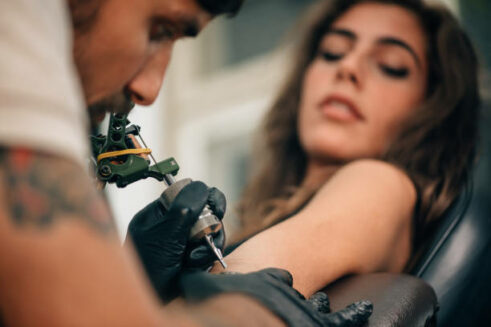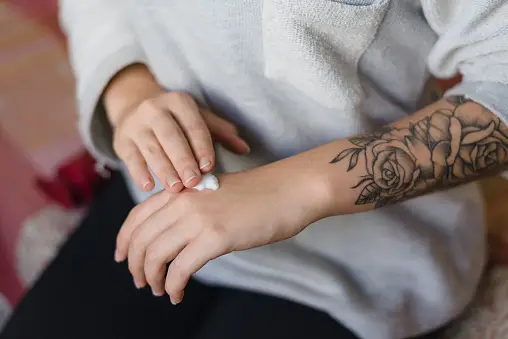복잡한 문신의 세계에서, 예술이 회복력을 만나는 곳, 여행에는 종종 손상된 피부라는 예상치 못한 어려움을 겪는 과정이 포함됩니다.. 노련한 잉크 매니아이든, 바늘에 찔리는 일을 처음 겪는 초보자이든 상관없습니다., 손상된 피부의 문신을 진정시키는 것은 어려울 수 있습니다. 상처난 피부에 맞춤화된 문신 마비 크림의 영역으로 들어가십시오. 통증이 없고 편안한 문신 경험을 원하는 사람들을 위한 안식처입니다..
이 종합 가이드에서는, 우리는 최고의 마비 크림의 뉘앙스를 탐구합니다, 문신 마비 스프레이의 효능 탐구, 치유되는 문신이나 열린 상처에 마비 크림을 바르는 신비를 풀어보세요, 부러진 피부를 마비시키는 기술을 해독합니다..
손상된 피부에 가장 좋은 마비 크림은 무엇입니까??
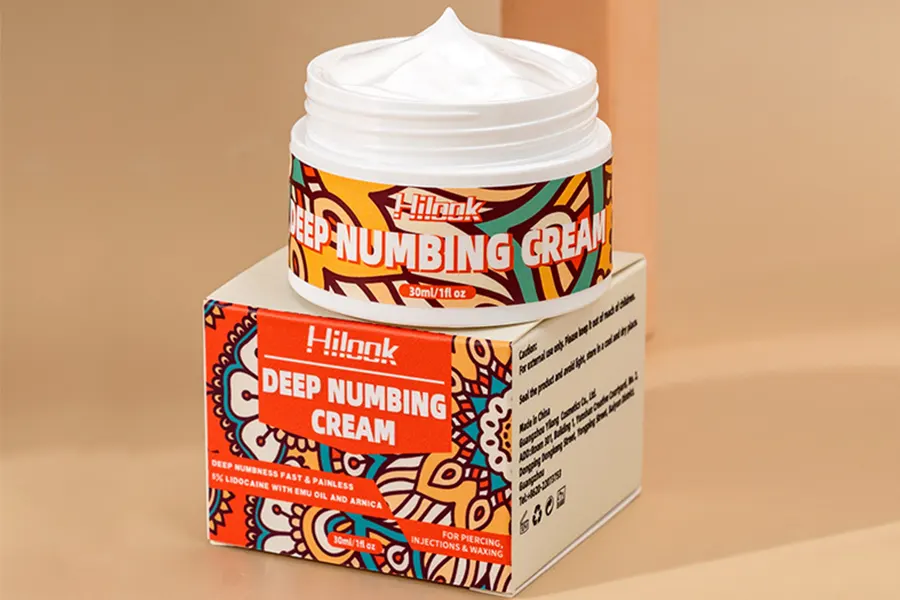
손상된 피부를 위한 최고의 마비 크림을 찾는 것이 매우 중요합니다, 제형과 효능에 대한 세심한 검토가 요구됨. 이 영역에서는, 한 가지 이름은 통증 관리의 전형으로 눈에 띕니다. 즉, 완화와 치유의 완벽한 조화를 추구하는 문신 애호가를 위한 표준입니다..
최고의 문신 마비 크림: 힐룩
Hilook은 세계의 선두 주자로 떠오릅니다. 문신 마비 크림 상처난 피부를 위해. 리도카인과 추가 피부 진정 성분의 강력한 혼합으로, 이 크림은 통증 완화를 새로운 정점으로 끌어올립니다. 그만큼 5% 리도카인 농도는 심오한 마비 효과를 보장합니다., 손상된 피부의 섬세한 지형을 탐색하는 사람들에게 휴식을 제공합니다..
정밀하게 제작됨, Hilook은 통증을 완화할 뿐만 아니라 치유 과정을 가속화합니다.. 독특한 제형, 식물 추출물과 비타민이 풍부하게 들어있는, 피부 재생을 촉진합니다, 손상된 피부 문제를 해결하기 위해 고군분투하는 사람들에게 이상적인 동반자입니다.. Hilook을 적용하는 것은 복원의 의식이 됩니다, 문신 과정을 치료 경험으로 전환.
부러진 피부를 위한 최고의 문신 마비 스프레이는 무엇입니까??

스프레이의 편리함을 선호하시는 분들을 위해, ~의 영역 문신 마비 스프레이 다양한 옵션을 공개합니다. 아직, 선택들 사이에서, 하나의 스프레이가 손상된 피부에 대한 안도감을 선사합니다..
최고의 문신 마비 스프레이: 힐룩
Hilook은 문신 마비 스프레이 시장의 판도를 바꾸는 기업으로 부상했습니다., 특히 손상된 피부에 맞게 제작되었습니다.. 리도카인과 냉각제를 조화롭게 혼합한 함유, 이 스프레이는 손상된 캔버스에 상쾌한 휴식을 제공합니다. 미세한 미스트 도포로 균일한 커버력을 선사합니다., 상처난 피부를 부드럽게 감싸주는 진정 클라우드 제공.
그 무감각한 솜씨를 넘어서, 힐룩 문신 마비 제품은 치유의 비약으로 이중 역할을 합니다.. 항산화제와 항염증제가 함유되어 있습니다., 피부 회복을 가속화하는 데 도움이 되는 환경을 조성합니다.. 부드러운 미스트가 치료적인 터치가 됩니다, 문신 경험을 고통과 치유를 통한 고요한 여행으로 변화시킵니다..
치유되는 문신이나 열린 상처에 마비 크림을 바를 수 있나요??
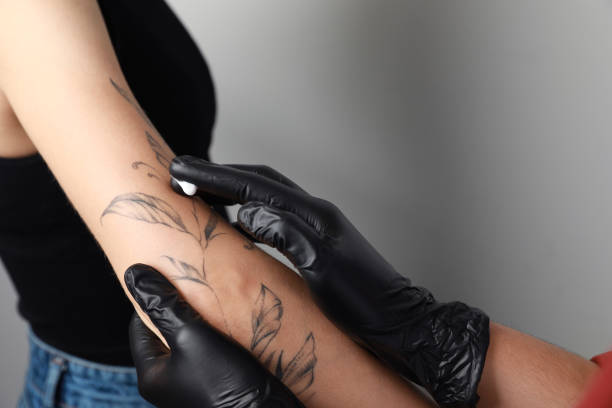
예, 마비 크림은 치유 문신이나 열린 상처에 바를 수 있습니다., 하지만 주의해서 사용하고 크림 제조업체나 의료 서비스 제공자가 제공한 지침을 따르는 것이 중요합니다.. 마취 크림은 통증과 불편함을 완화하는 데 도움이 될 수 있습니다., 특히 문신의 초기 치유 단계나 경미한 상처의 경우. 하지만, 감염이나 기타 합병증을 피하기 위해 마비 크림을 바르기 전에 해당 부위를 깨끗하고 적절하게 관리하는 것이 중요합니다..
치유 문신 탐색
치유 문신에 마비 크림을 바르려면 미묘한 접근 방식이 필요합니다.. 피부는 복잡한 회복 단계를 거치면서, 외부 영향에 더 취약해집니다.. 이 단계에서도 마취 크림을 계속 사용할 수 있습니다., 특정 지침을 따르는 것이 중요합니다:
- 부드러운 포뮬러를 선택하세요: 순한 제형의 마취 크림을 선택하세요, 치유되는 피부를 자극할 수 있는 과도한 첨가물을 피하세요..
- 타투이스트와 상담해보세요: 치유 문신에 마비 크림을 바르기 전에 문신 아티스트의 조언을 구하세요.. 잉크와 피부의 특정 특성을 기반으로 통찰력을 제공할 수 있습니다..
- 초기 치유를 기다리세요: 피부가 가장 민감한 치유 초기 단계에는 마비 크림을 바르지 마십시오.. 딱지 및 벗겨짐 단계가 끝날 때까지 기다리십시오..
열린 상처 다루기
열린 상처를 마비시키려면 추가 고려사항이 필요합니다.. 마비 크림이 완화 효과를 제공할 수 있지만, 엄격한 예방조치를 준수해야 합니다:
- 의료 전문가와 상담하세요: 열린 상처에 마비 크림을 바르기 전에 의료 전문가와 우선적으로 상담하십시오.. 그들의 전문 지식은 선택한 크림이 상처의 특정 요구 사항에 부합하도록 보장합니다..
- 불임 보장: 마비 크림을 바르기 전에 열린 상처를 철저히 청소하고 소독하십시오.. 멸균 환경을 유지하면 감염 위험이 최소화됩니다..
- 치유 지침을 따르십시오: 열린 상처에 대해 권장되는 치유 지침을 엄격히 준수하십시오.. 마비 크림을 바르면 보완되어야 합니다., 타협하지 않음, 자연 치유 과정.
손상된 피부를 마비시키는 방법?
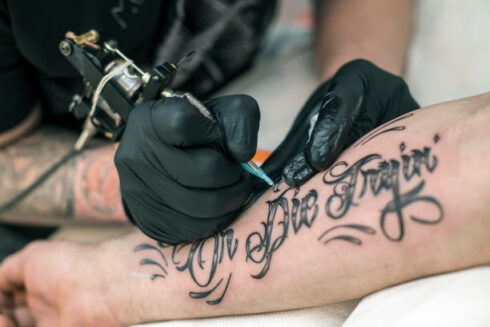
손상된 피부를 마비시키려면 전략적인 접근이 필요합니다, 캔버스의 훼손된 성격을 고려하여. 이 기술에는 효과적인 통증 완화와 치유에 도움이 되는 환경을 보장하기 위한 세심한 과정이 포함됩니다..
- 해당 부위를 철저히 청소하십시오.: 상처난 피부를 순한 물로 부드럽게 닦아내는 것부터 시작하세요., 무향 클렌저. 마취크림의 흡수를 방해할 수 있는 잔여물이나 박테리아를 제거하세요..
- 올바른 마취제 선택: 손상된 피부를 위해 특별히 제작된 마비 크림이나 스프레이를 선택하세요.. 리도카인을 주성분으로 한 제품을 찾아보세요, 강력한 마비 효과 보장.
- 패치 테스트 수행: 널리 적용되기 전, 부러진 피부의 작은 부분에 패치 테스트를 실시하여 이상 반응이나 민감성을 확인합니다..
- 얇은 적용, 짝수 레이어: 깨끗하고 멸균된 어플리케이터 사용, 상처난 피부에 마비 크림이나 미스트를 얇고 균일하게 바르십시오.. 과한 도포 없이 균일한 커버력 보장.
- 지역을 커버: 흡수를 강화하고 간섭을 방지하기 위해, 소독된 천으로 치료 부위를 덮는다, 붙지 않는 드레싱 또는 플라스틱 랩. 이 보호층은 외부 오염물질에 대한 보호막 역할을 합니다..
- 적절한 흡수 시간을 허용하십시오: 선택한 마취 제품에 명시된 권장 흡수 시간을 준수하세요.. 일반적으로, 이 범위는 20 에게 30 분. 이 기간 동안, 해당 지역을 방해하지 마십시오..
- 과잉 크림 제거: 흡수시간이 지나면, 깨끗한 천으로 남은 마취 크림이나 미스트를 부드럽게 제거하세요., 젖은 천. 이 단계는 피부가 문신 과정을 위한 준비가 되어 있는지 확인합니다..
- 문신을 진행하세요: 손상된 피부를 적절하게 마비시킨 후, 문신 과정이 시작될 수 있습니다. 감소된 감각으로 인해 더욱 편안한 경험이 가능해졌습니다., 문신 예술가가 부서진 지형을 정밀하게 탐색할 수 있도록 해줍니다..
이러한 체계적인 접근 방식을 고수함으로써, 마비된 부러진 피부는 도전에서 계산된 의식으로 변합니다.. 안도와 치유의 섬세한 댄스가 펼쳐진다, 문신 경험을 통증 관리와 예술적 표현의 조화로운 시너지 효과로 전환.
결론
상처난 피부를 위한 문신 마비 크림 분야, 과학과 예술의 융합이 정점에 도달하다. 이 변화의 여정을 시작하면서, 고통과 치유의 복잡한 풍경을 안내하는 특수 크림의 부드러운 손길을 느껴보세요.. 힐룩의 심오한 효능인지, 힐룩의 힐룩인지, 이 마비제는 문신 경험을 재정의합니다., 고통과 예술적 카타르시스 사이의 다리를 제공. 상처난 피부의 캔버스는 단순히 잉크를 위한 공간이 아니라 회복력과 불굴의 자기 표현 정신에 대한 증거가 됩니다.


